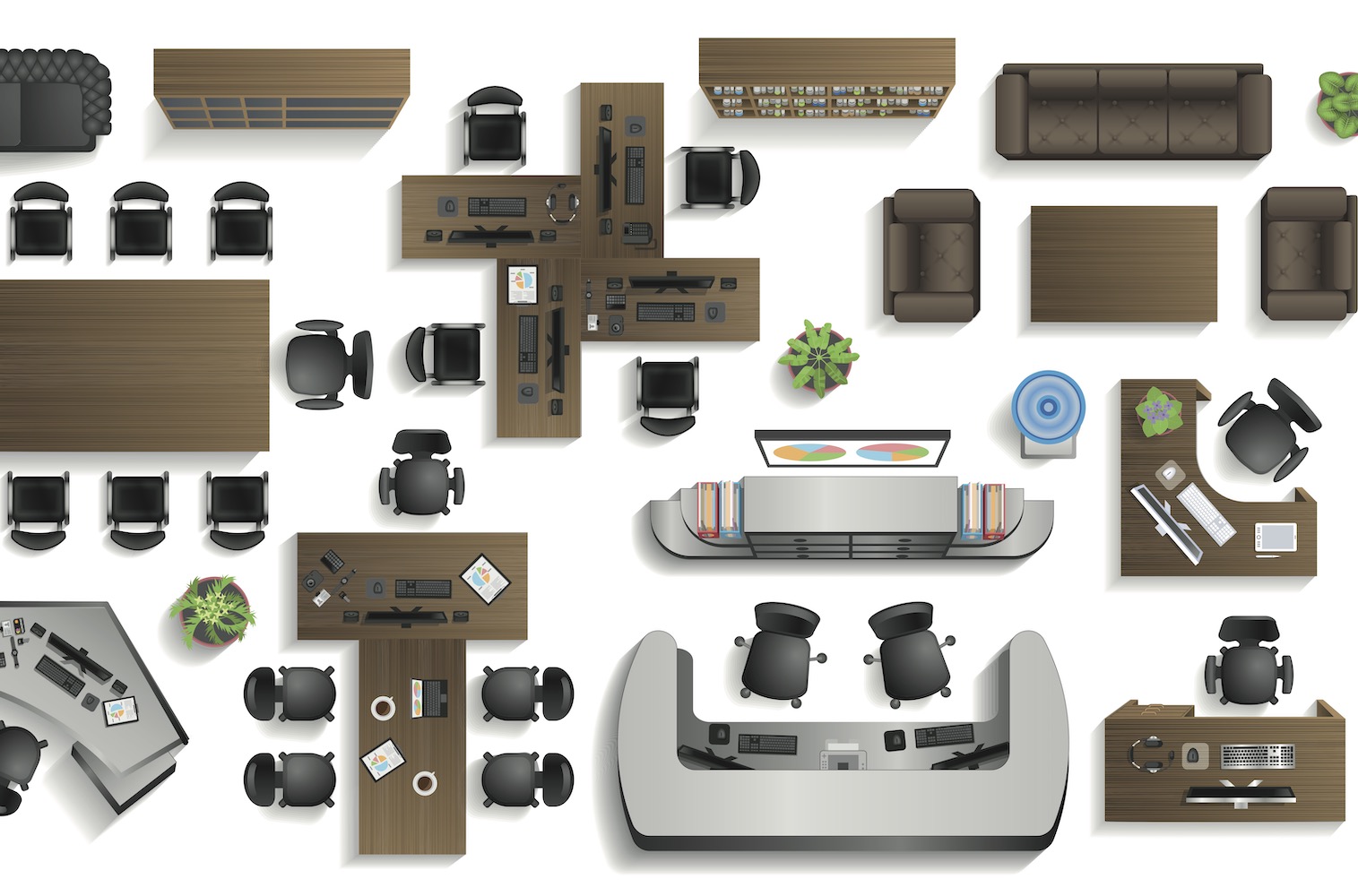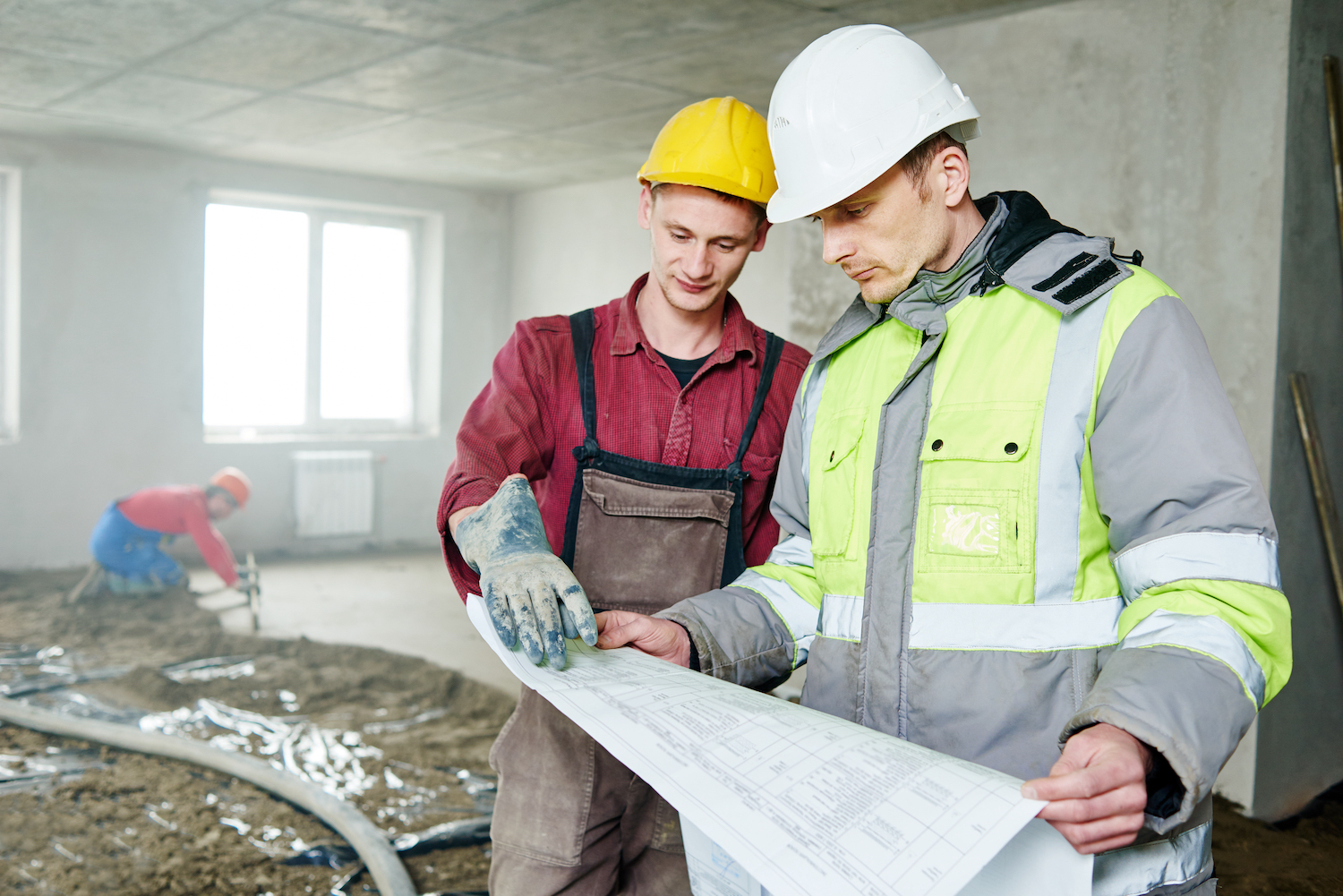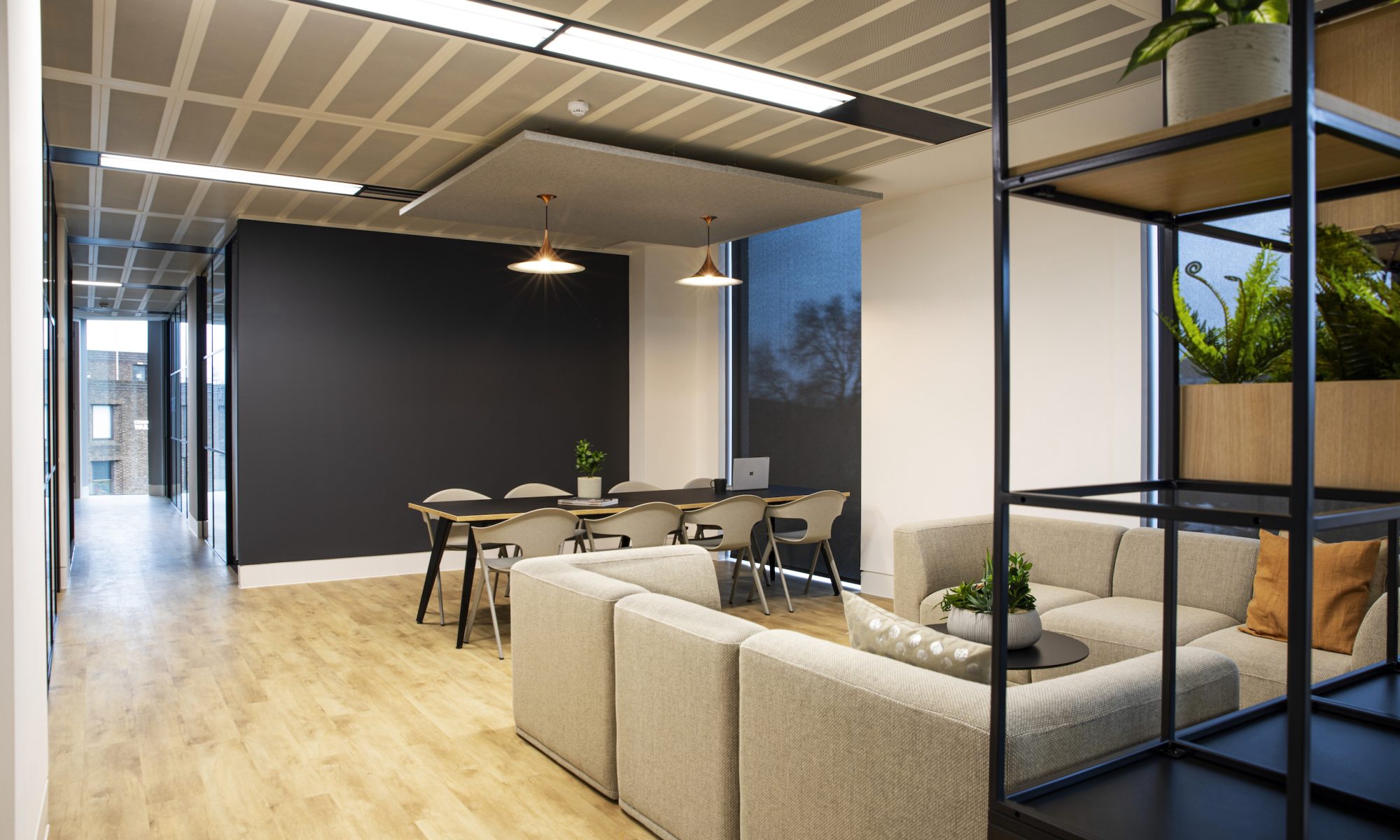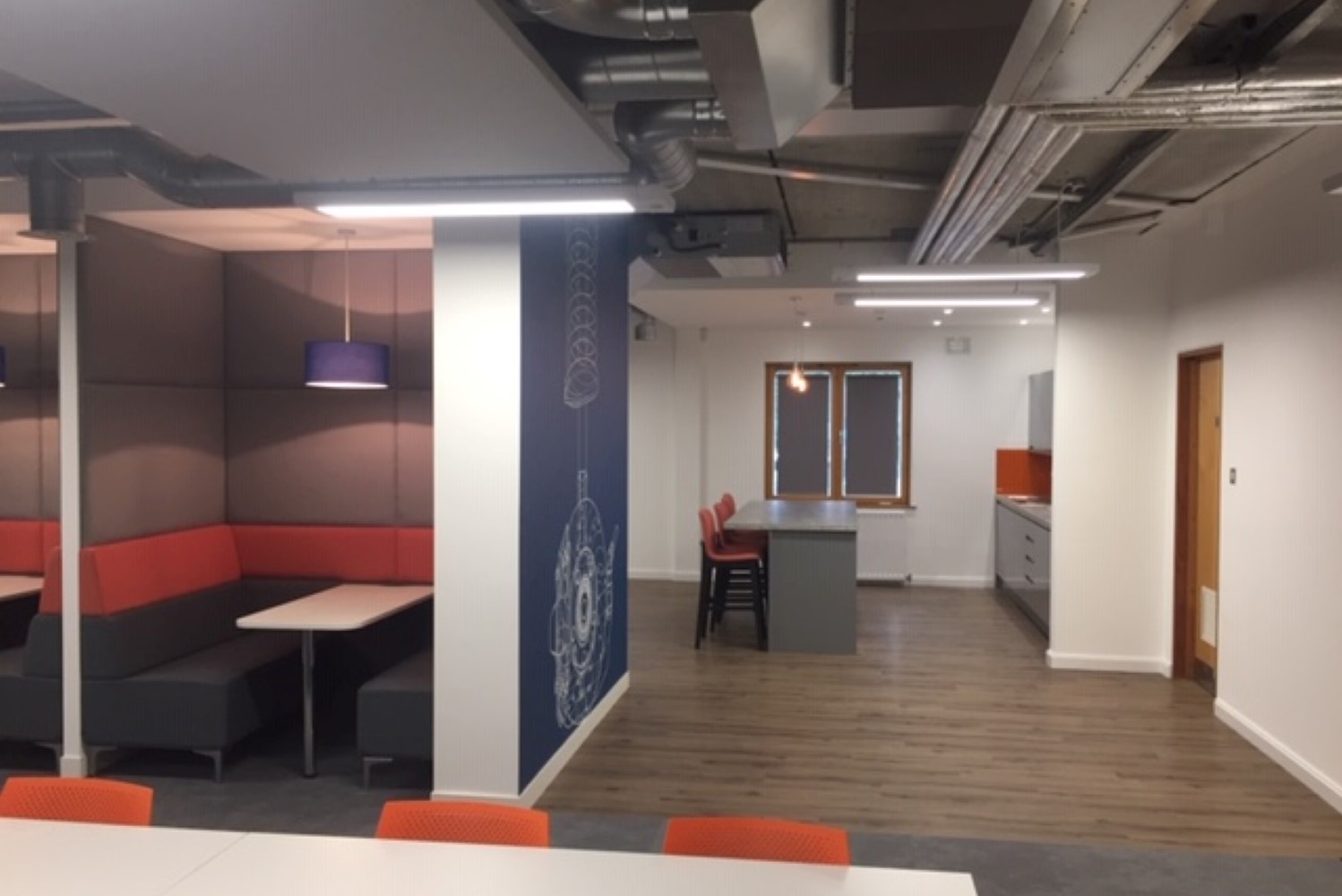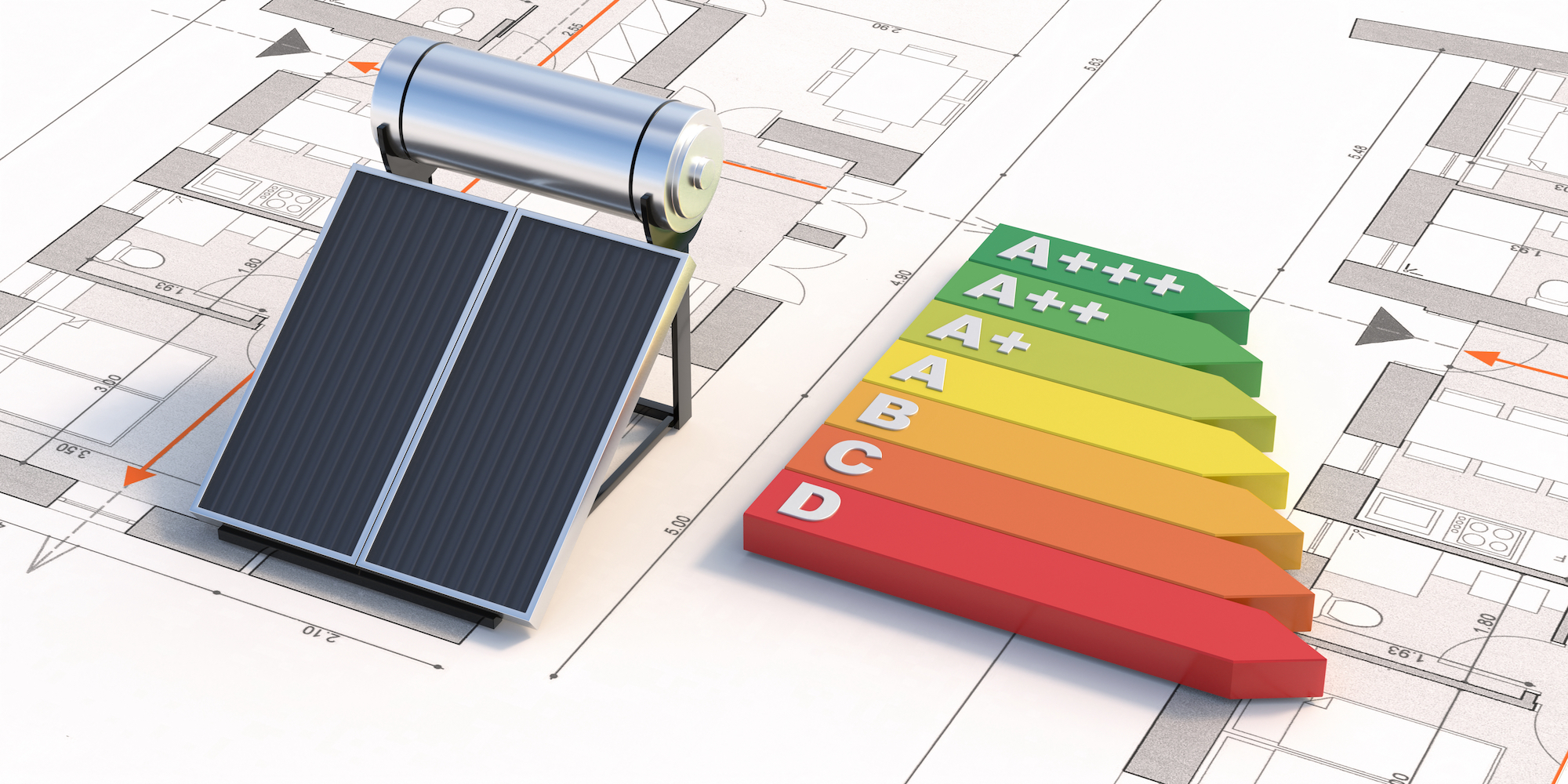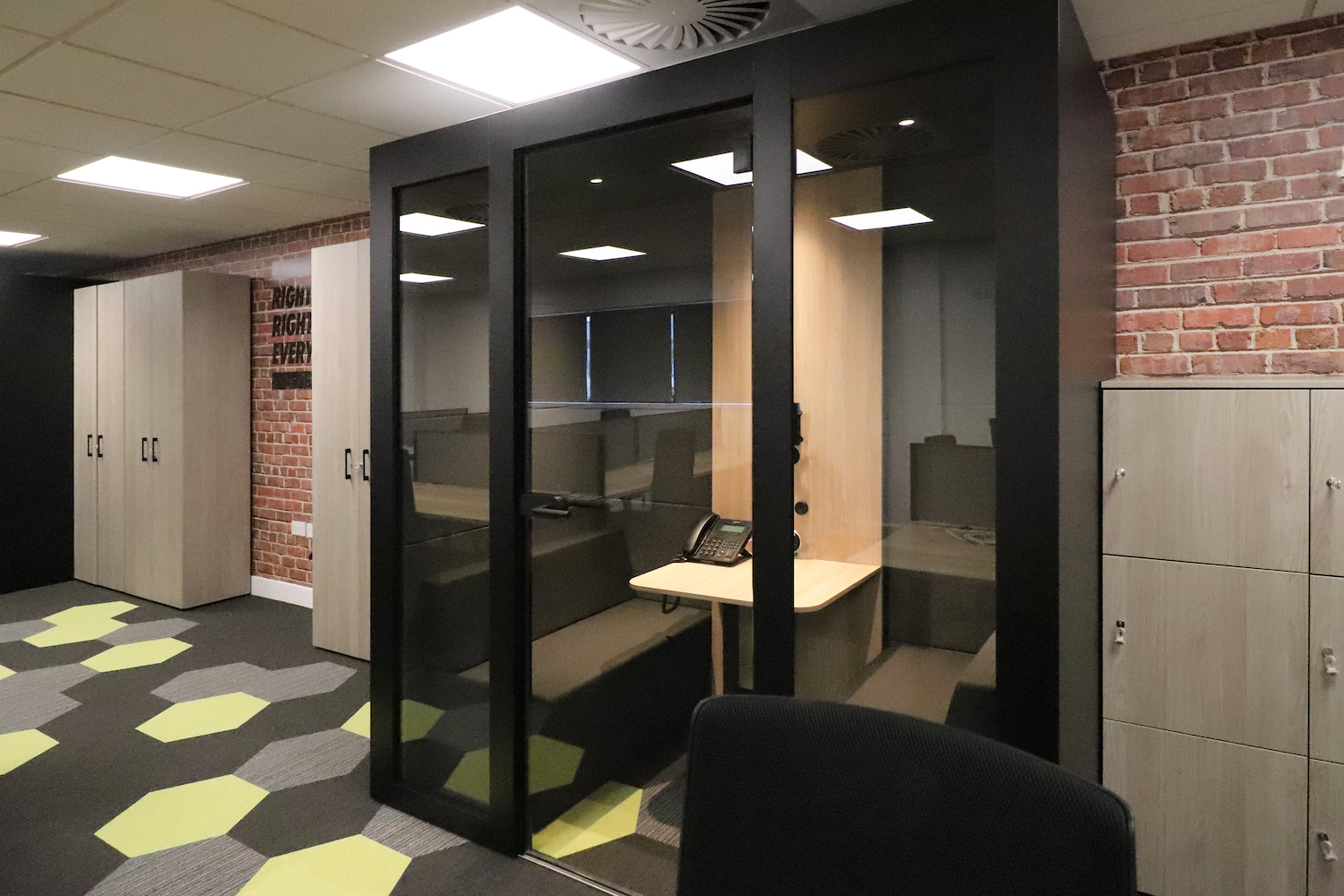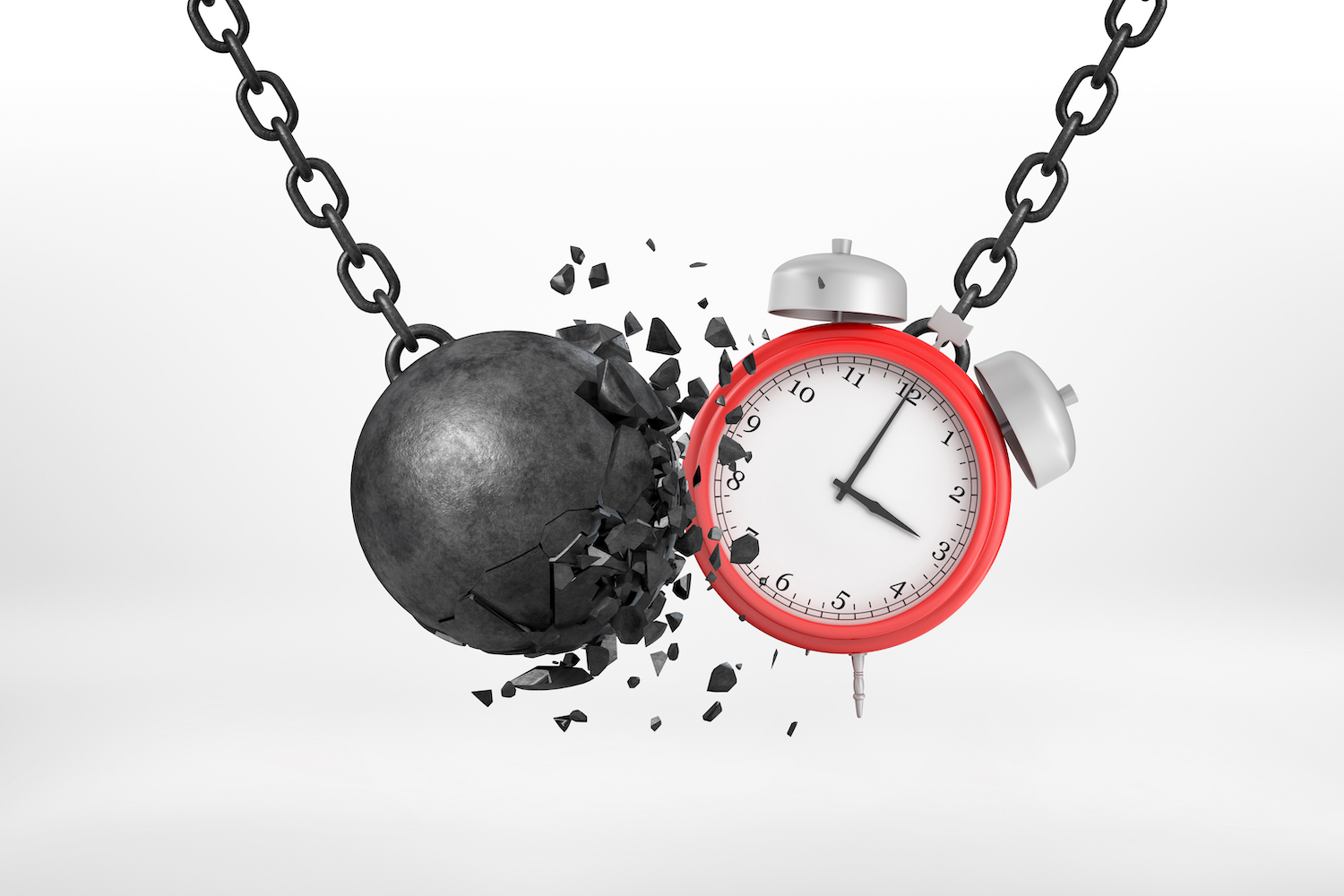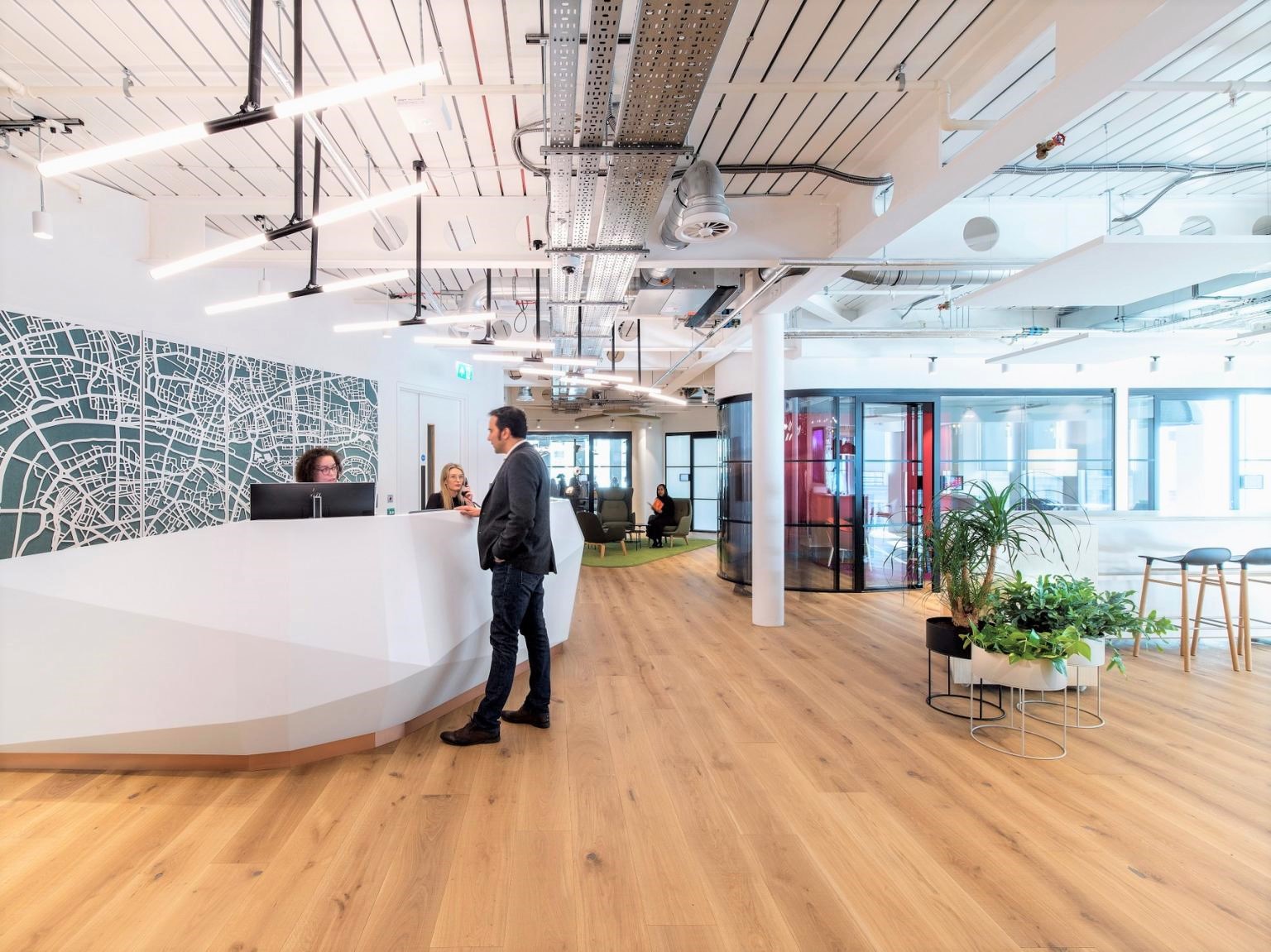Neurodiverse environments
While neurodiversity is not a new idea in the workplace, not all businesses have supported it in the past, but that is finally changing. In fact considering neurodiversity in office design is reported to be a 2022 commercial design trend.
The term ‘neurodiversity’ refers to the variances in our brain functions and how we interpret information. Neurodiverse conditions include ADHD, Autism, Dyspraxia and Dyslexia.
To cater for neurodiverse employees, employers are starting to create more diverse work environments – gone are expansive open-plan offices. New designs include enclosed spaces for more focused work, shared spaces for socialising, quiet zones to take a break and dedicated areas for client meetings.
In creating a neurodiverse office space you need to consider
- Community
- Collaboration
- Communication
- Concentration
These considerations include low stimulation environments for hyper focus, quiet rooms for greater concentration, low traffic areas to reduce anxiety and zones that encourage movement and communication. There is an excellent blog that we have found that highlights the best office layout/zoning to address a condition that a surprisingly high percentage of us have to a greater or lesser extent.
The value of a well-designed workplace continues to grow, especially since it’s been linked to increased staff productivity and wellness. In recent times, we’ve had to reconsider and re-evaluate what we need most from our workspaces, as well as how their design may best serve us.
When combined with other key trends of 2022, an office environment automatically becomes more inclusive and more desirable to be in. This results in greater productivity and greater creativity. These additional trend considerations that work hand in hand with a neurodiverse office environment are:
More natural light
One of the most fundamental office interior design trends in 2022 is to try and include more natural daylight. If there aren’t many windows in the office space, other options help:
• Using diffused light (light that is evenly distributed) such as frosted glass, diffuser screens and softboxes
• Installing features that mimic natural lighting, such as light dimmers
• Low-growing plants and shrubs on windowsills that provide shade and reduce glare
It’s also beneficial to use non-reflective matte floors and wall panels, especially if using a light colour as they help to reduce glare.
Biophilic office spaces
Bringing more nature into the workspace by designing a biophilic office area, with features like living walls and windowsill herb gardens also help. Biophilia refers to our inherent relationship with our natural surroundings and is thought to boost productivity and reduce stress in the workplace.
As well as looking attractive, incorporating more plants helps to reduce sound, helping staff in open-plan offices to concentrate. Plants can also be used to create discrete zones that help to divide areas within open-plan offices more subtly. A strong consideration when focussing on neurodiversity in office design.
We can help provide the perfect flooring that creates zones that are easily recognised and meet differing functionality. We are happy to advise on how best to achieve the look you desire and the practical options you require. Contact us to discuss your latest project.
